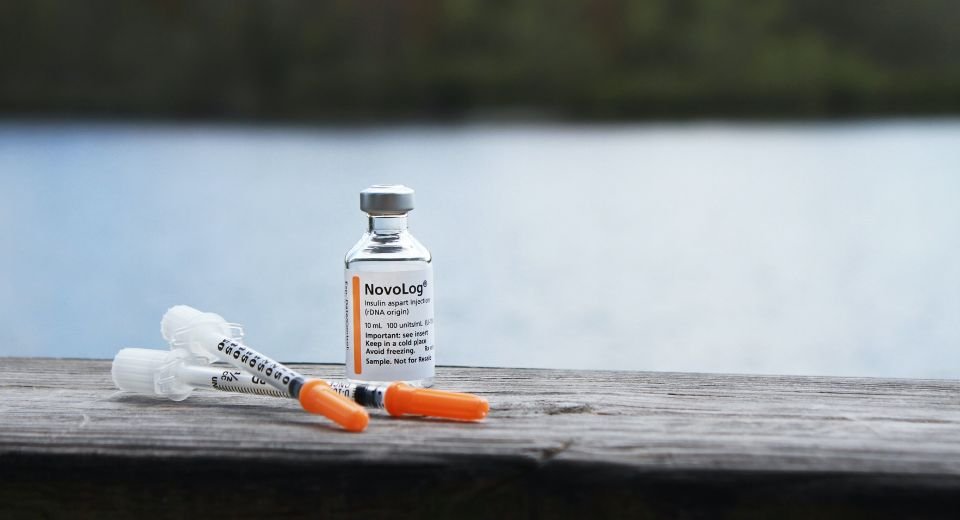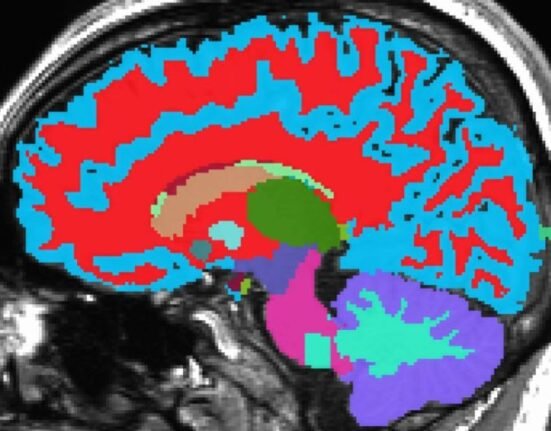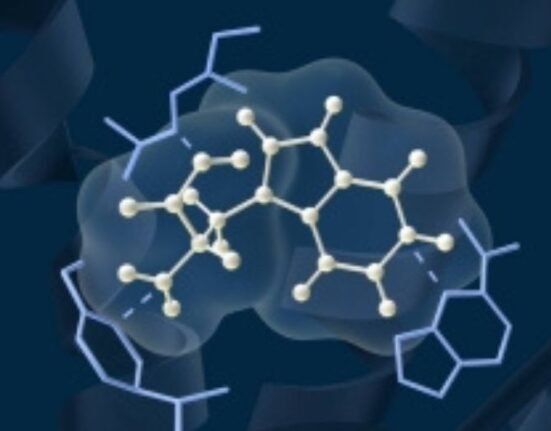HQ Team
July 16, 2024: A new animal study has found a new therapy that is able to boost inuslin-producing cells by 700% in diabetic mice, effectively reversing their disease.
Diabetic patients are unable to produce enough insulin to regulate blood sugar levels, hence treatment consists of oral drugs to regulate the same or injections of insulin.
Scientists at Mount Sinai and City of Hope have made a breakthrough in restoring the defective functioning of beta cells in the pancreas. Earlier research has concentrated on kickstarting these beta cells with stem cells, which are then transplanted into patients with diabetes. This is known as a “functional diabetes cure.”
Combined drug therapy for diabetic reversal
The latest study has been able to grow the insulin-producing cells right there in the body, in a matter of months. The researchers combined two drugs: harmine and a GLP1 receptor agonist.
Harmine is a natural molecule found in certain plants, inhibiting an enzyme called DYRK1A in beta cells. The GLP1 receptor agonist is a diabetes drug with Ozempic.
The researchers tested the therapy in mouse models of type 1 and 2 diabetes. First, they implanted a small amount of human beta cells into the mice, then treated them with harmine and GLP1 receptor agonists. The beta cells increased by 700% within three months of the treatment. The mice when tested showed no signs of the disease even a month after stopping the treatment.
Regenerative therapy for diabetes
“This is the first time scientists have developed a drug treatment that is proven to increase adult human beta cell numbers in vivo,” said Dr. Adolfo Garcia-Ocaña, author of the study. “This research brings hope for the use of future regenerative therapies to potentially treat the hundreds of millions of people with diabetes.”
Further trials will be needed before the therapy can be accepted for human trials. “Although promising, further work will be needed to confirm the mechanisms of action and whether the therapeutic benefits and safety of the approach would translate to humans,” said Catherine Charneski, co-auhor of the study
So far, harmine alone has undergone a phase 1 clinical trial in humans to test its safety and tolerability, while other DYRK1A inhibitors are planned for trials in humans next year.
The research was published in the journal Science Translational Medicine.








